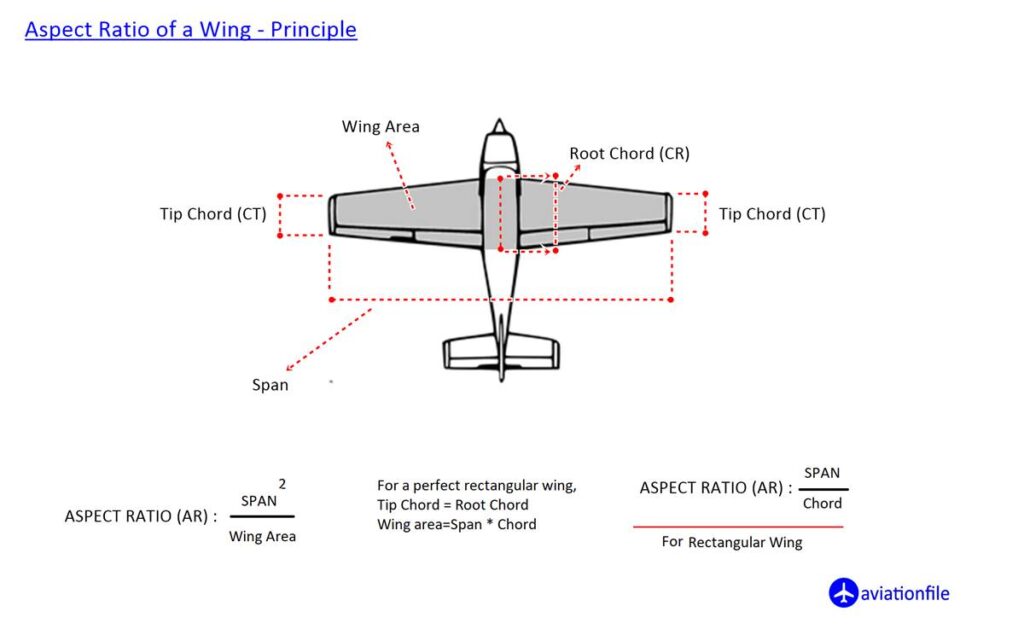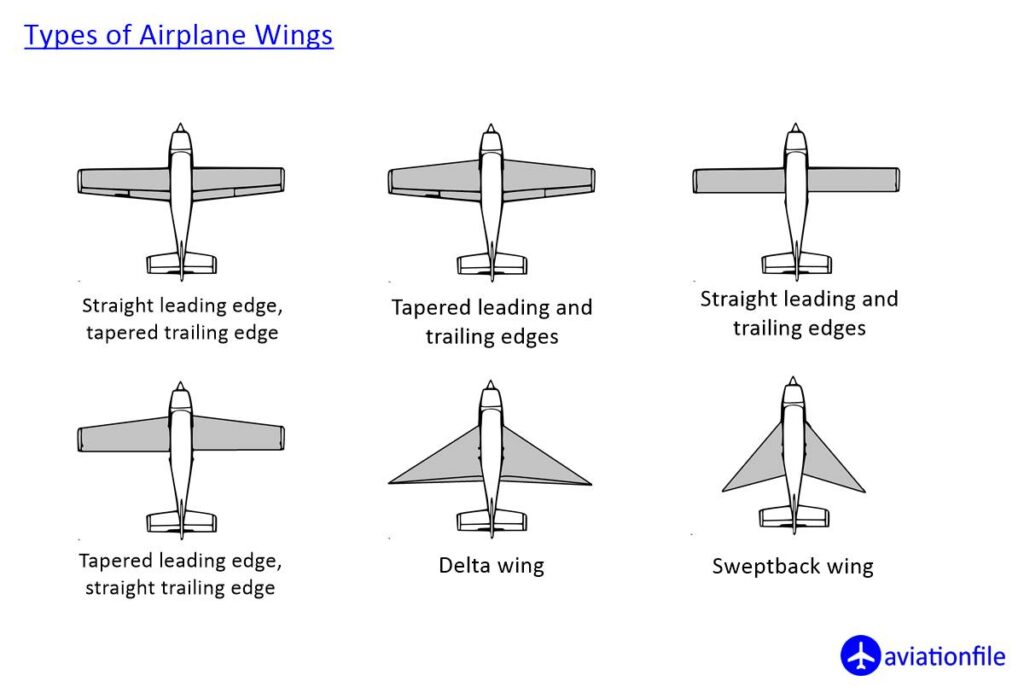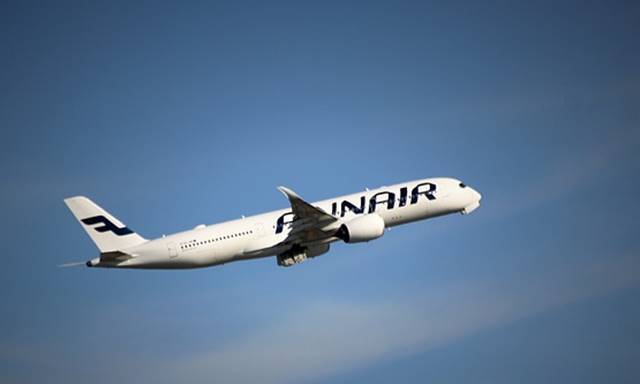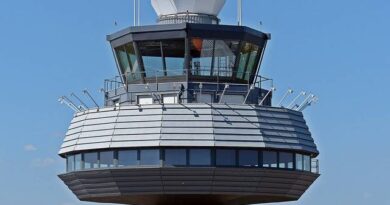Understanding Glide Angle and Glide Ratio: Exploring the Key Concepts
Glide angle and glide ratio are essential terms in aviation and aerodynamics, crucial for understanding the performance and efficiency of aircraft during unpowered flight. Whether you’re an aviation enthusiast, a pilot, or simply curious about the science behind flight, this article will provide a comprehensive overview of glide angle and glide ratio, their definitions, calculations, and their significance in aviation.
What is Glide Angle?
Definition: Glide angle refers to the steepness of the descent path of an aircraft during unpowered flight.
Importance: Glide angle affects an aircraft’s ability to cover horizontal distance while losing altitude, crucial for emergency landings, glider operations, and efficient flight planning.
Calculation: Glide angle is typically expressed as the tangent of the angle between the horizontal and the descent path of the aircraft.

Understanding Glide Ratio:
Definition: Glide ratio represents the efficiency of an aircraft’s glide, indicating the distance traveled horizontally compared to the altitude lost.
Importance: Glide ratio determines the aircraft’s ability to maximize the distance covered during unpowered flight, influencing landing options and emergency procedures.
Calculation: Glide ratio is determined by dividing the distance covered horizontally by the altitude lost during the glide.
Factors Affecting Glide Angle and Glide Ratio:
Wing Design: The wing’s aspect ratio, airfoil shape, and wing loading significantly influence both glide angle and glide ratio.
Aircraft Configuration: Factors such as weight, drag, and control surface positions affect the aircraft’s ability to maintain a desired glide angle and achieve an optimal glide ratio.
Atmospheric Conditions: Wind speed, air density, and temperature impact an aircraft’s glide performance, altering glide angle and glide ratio values.

Importance in Aviation:
Emergency Landings: Understanding glide angle and glide ratio helps pilots assess their options during engine failure or other emergencies, enabling them to select suitable landing sites within the aircraft’s gliding range.
Glider Operations: Glide angle and glide ratio are fundamental concepts for glider pilots, who rely solely on unpowered flight for their operations.
Flight Planning: Pilots utilize glide angle and glide ratio calculations when planning fuel-efficient routes, maximizing the aircraft’s gliding capabilities to save fuel and optimize flight times.
Improving Glide Angle and Glide Ratio:
Weight Reduction: Minimizing unnecessary weight on board enhances the aircraft’s glide performance, improving both glide angle and glide ratio.
Aerodynamic Modifications: Streamlining the aircraft’s structure, reducing drag-inducing features, and optimizing wing design can enhance glide performance.
Skillful Flight Technique: Pilots with proper training and experience can manipulate the aircraft’s attitude, airspeed, and control inputs to optimize glide angle and achieve a better glide ratio.
Conclusion: Glide angle and glide ratio are key concepts in aviation that play a crucial role in assessing an aircraft’s gliding performance during unpowered flight. Understanding these concepts empowers pilots to make informed decisions during emergencies, aids in glider operations, and contributes to efficient flight planning. By considering various factors affecting glide angle and glide ratio and employing strategies to improve these parameters, pilots can optimize the aircraft’s glide performance and enhance safety in the skies.
References:
- “Aerodynamics for Naval Aviators” by H. H. Hurt Jr. – This publication by the U.S. Navy provides comprehensive information on various aerodynamic principles, including glide angle and glide ratio.
- “The Pilot’s Handbook of Aeronautical Knowledge” by the Federal Aviation Administration (FAA) – This FAA publication covers essential topics related to aviation, including aerodynamics, glider operations, and emergency procedures.
- “Glider Flying Handbook” by the FAA – This handbook specifically focuses on glider operations and provides in-depth information about glide angle, glide ratio, and other related concepts.
- AOPA (Aircraft Owners and Pilots Association) – The AOPA website offers a wide range of articles and resources related to aviation. It can be a valuable source for information on glide angle and glide ratio.
- Soaring Society of America – The Soaring Society of America is a national organization for glider pilots. Their website provides resources, publications, and articles related to glider operations, including glide angle and glide ratio.



